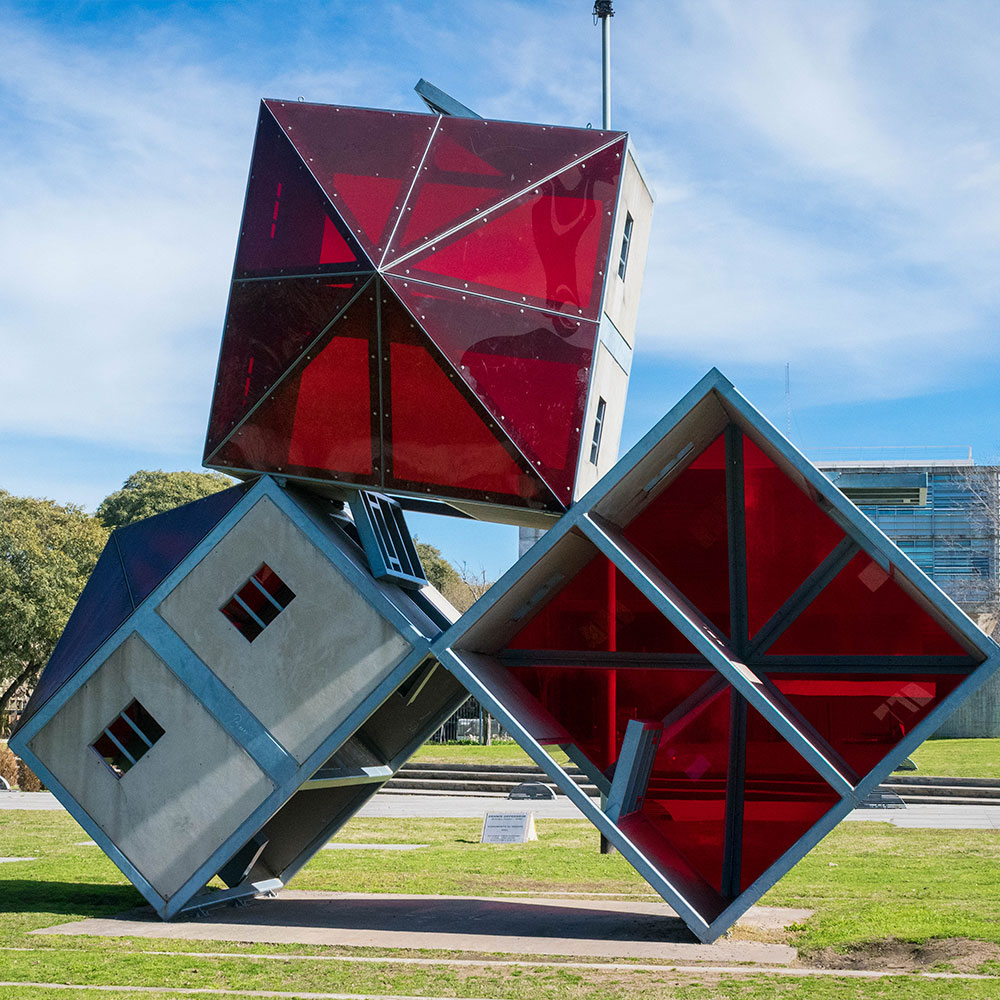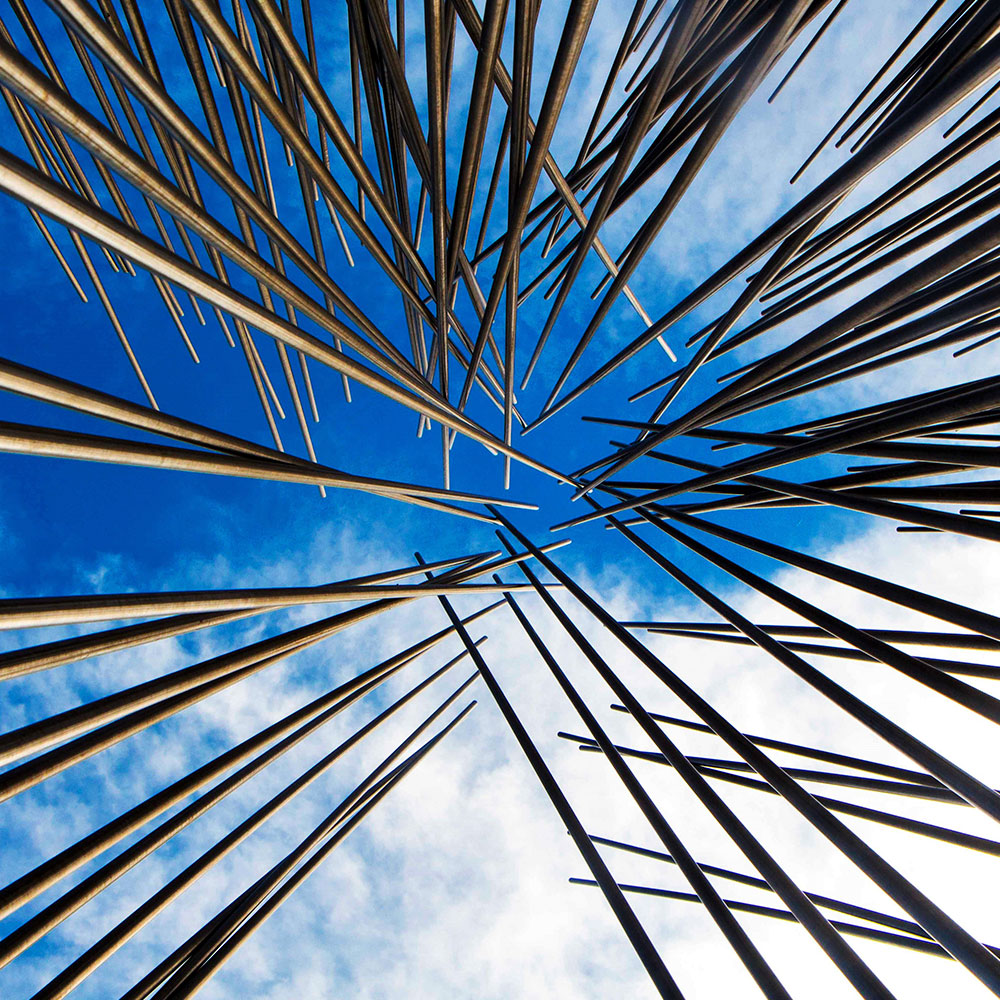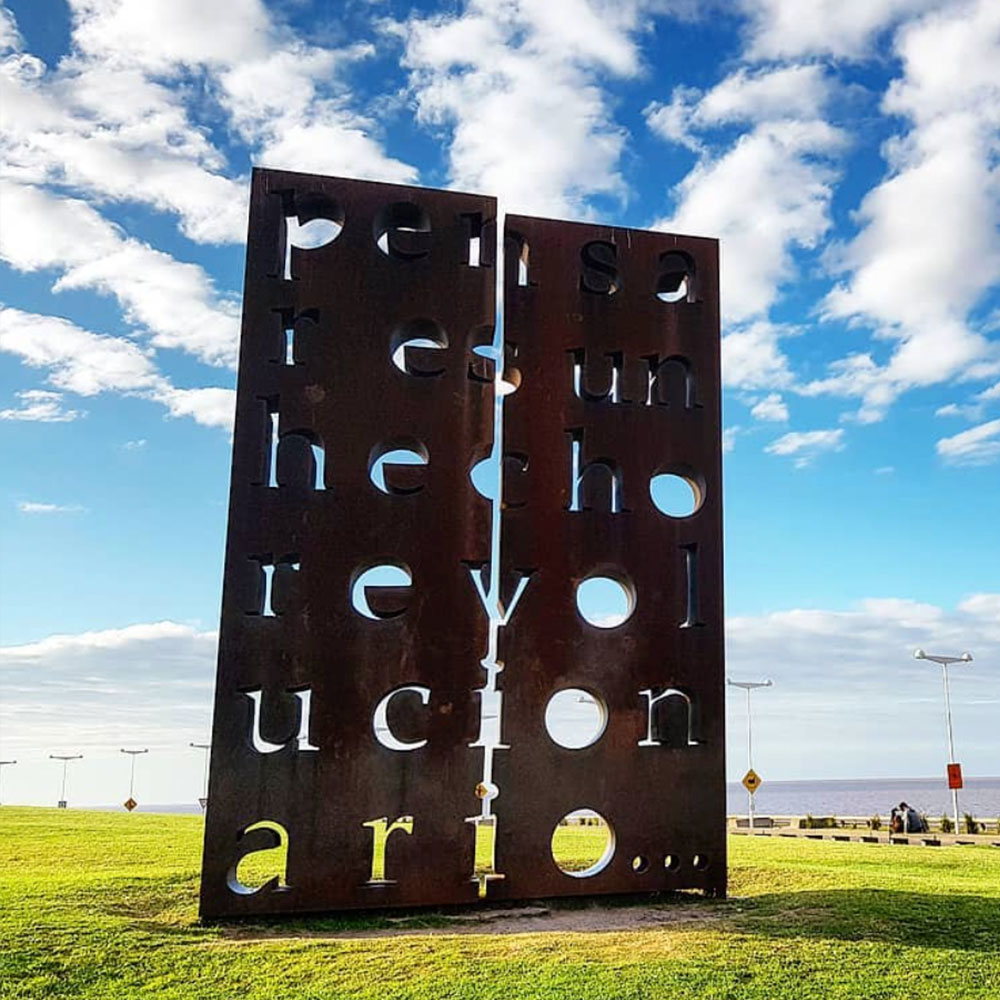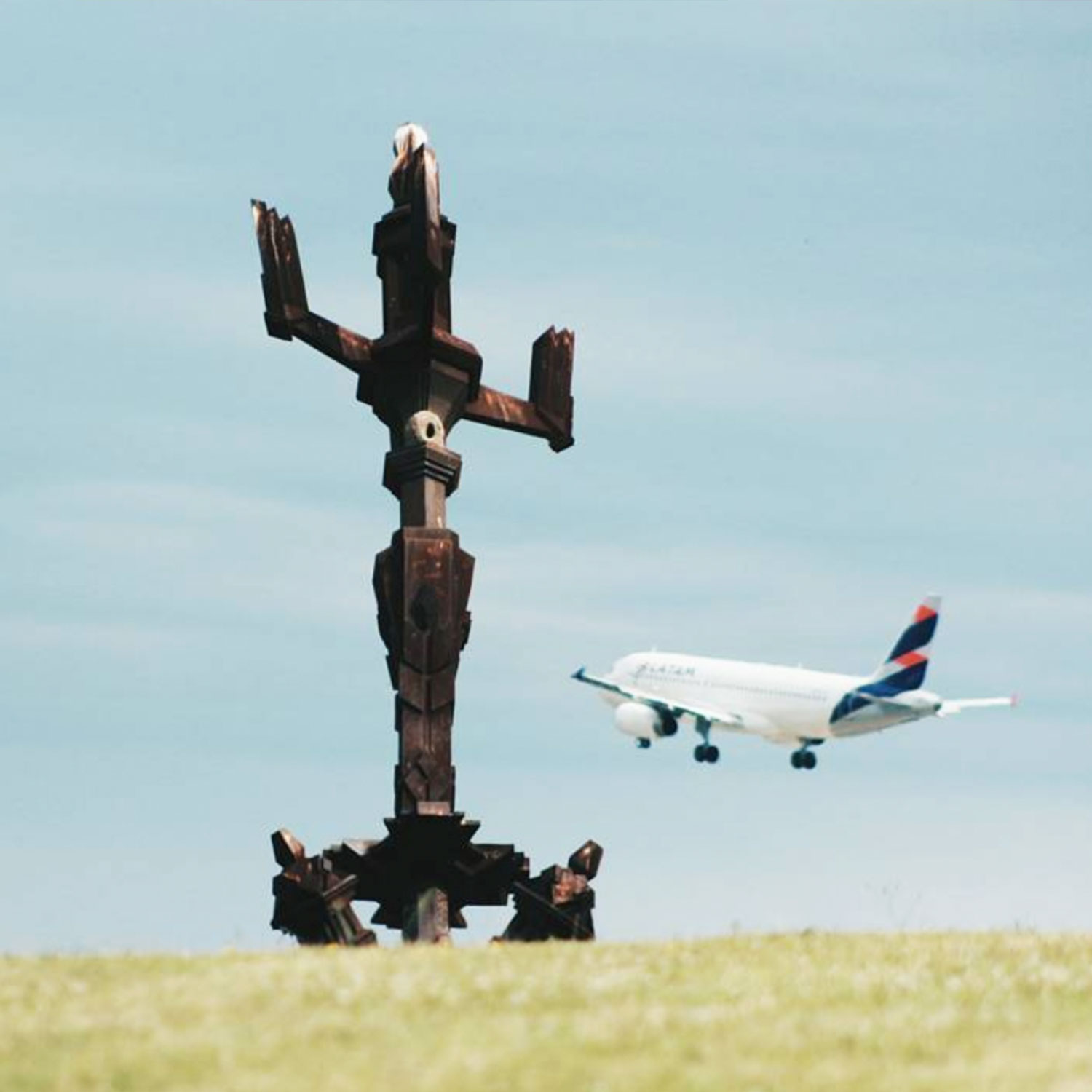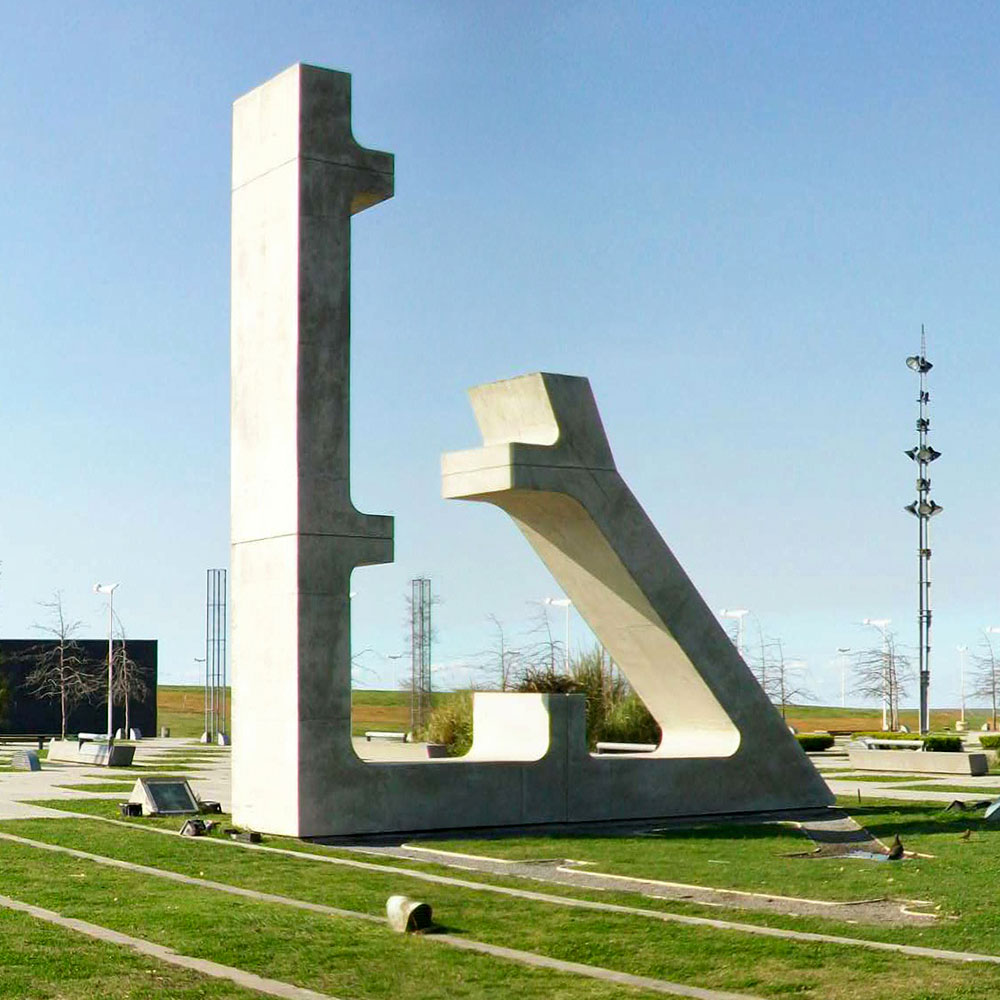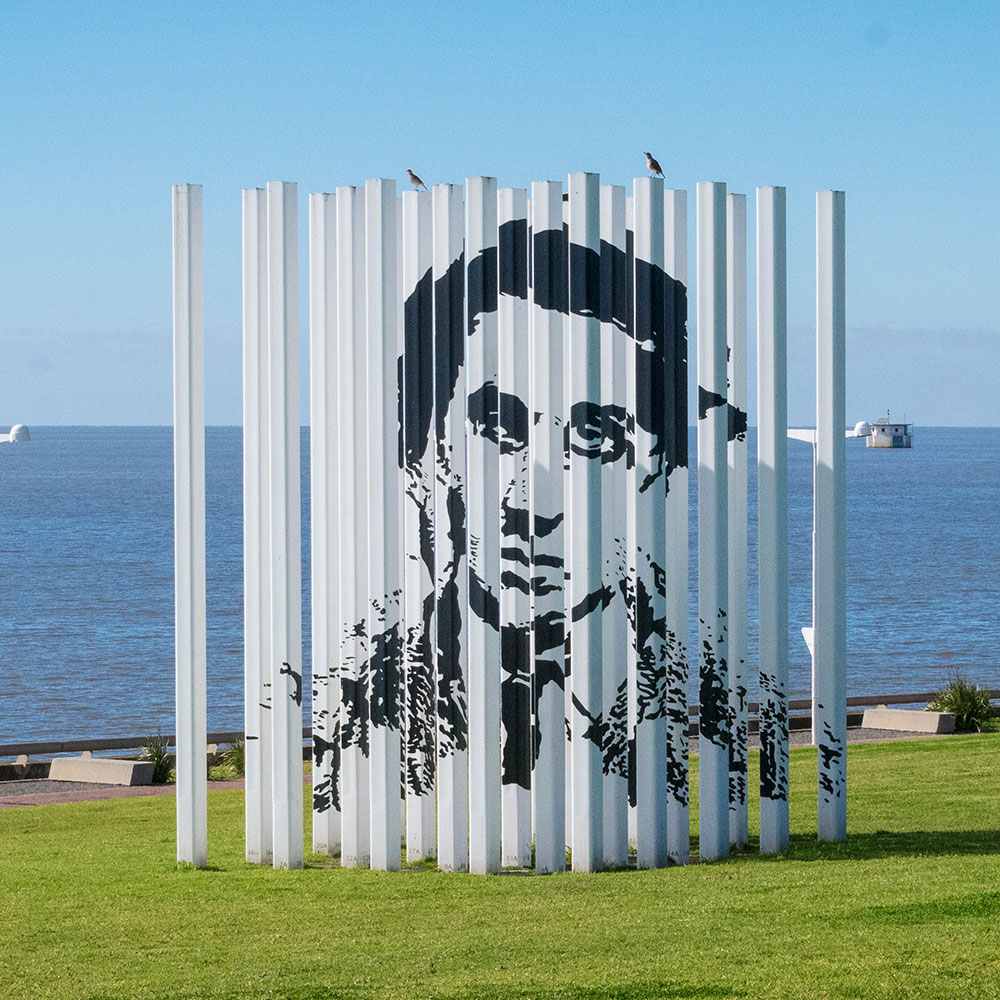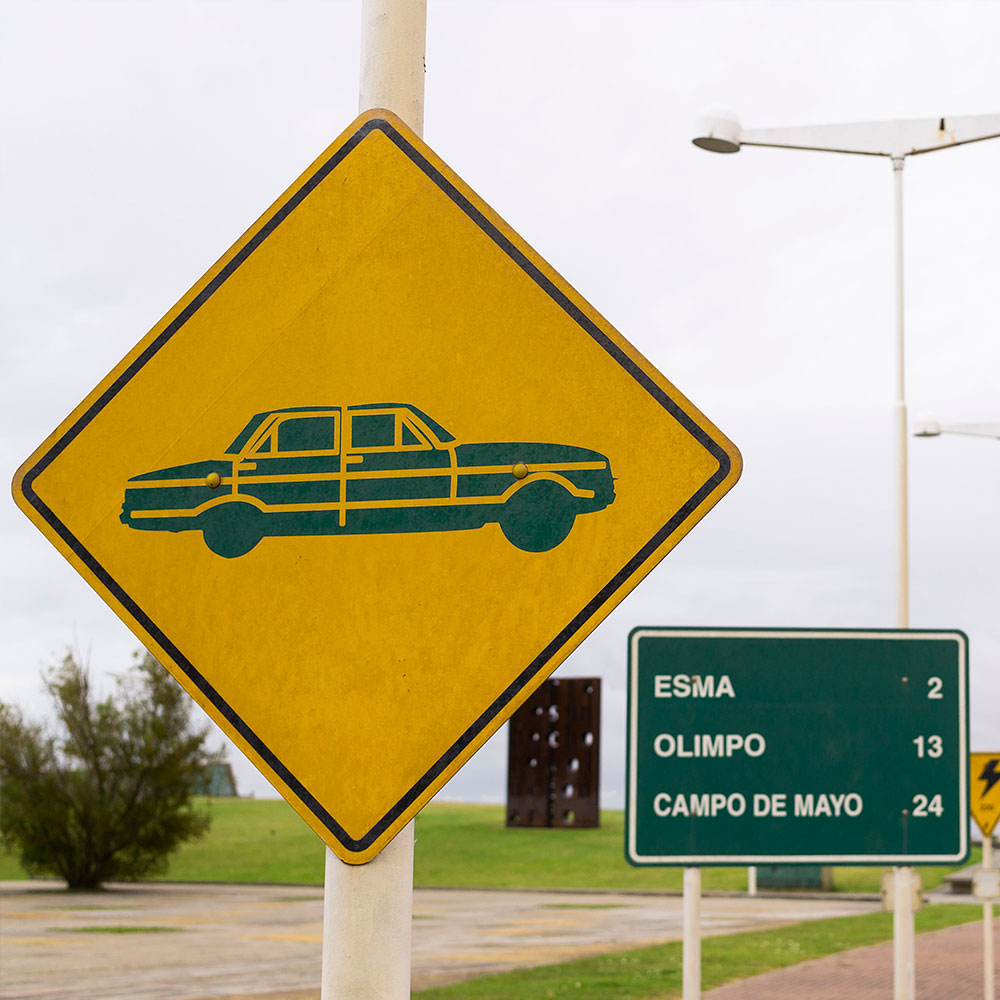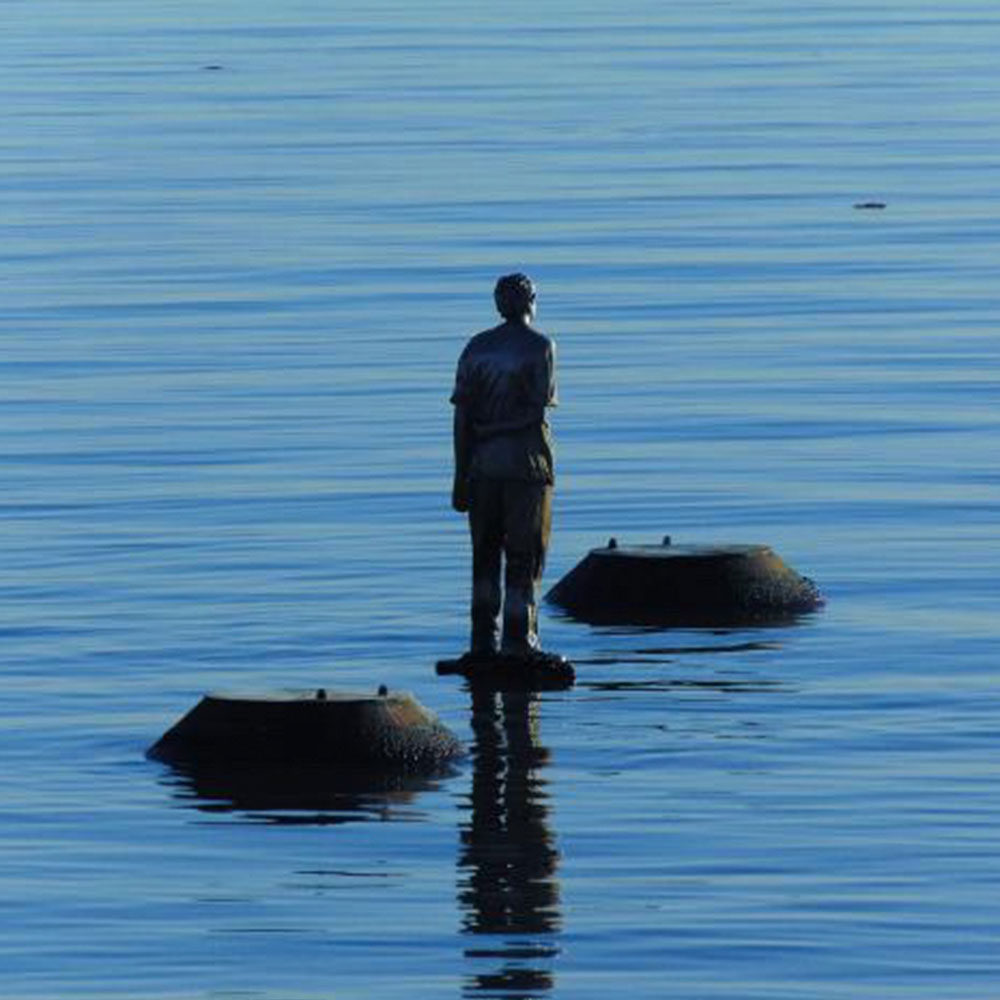POSTERS PROJET 2019
Indigenous peoples and human rights: struggles and resistance yesterday and today
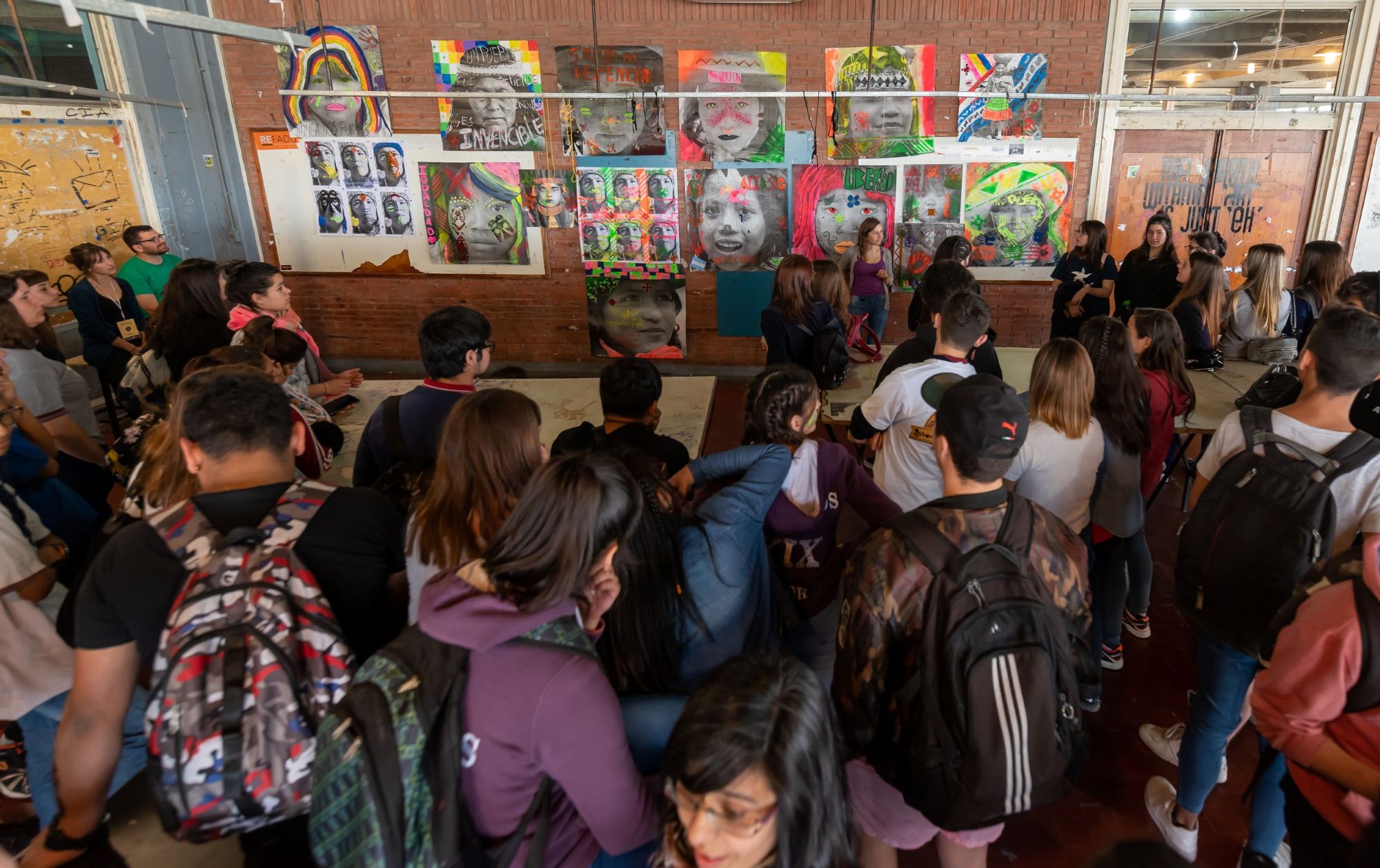
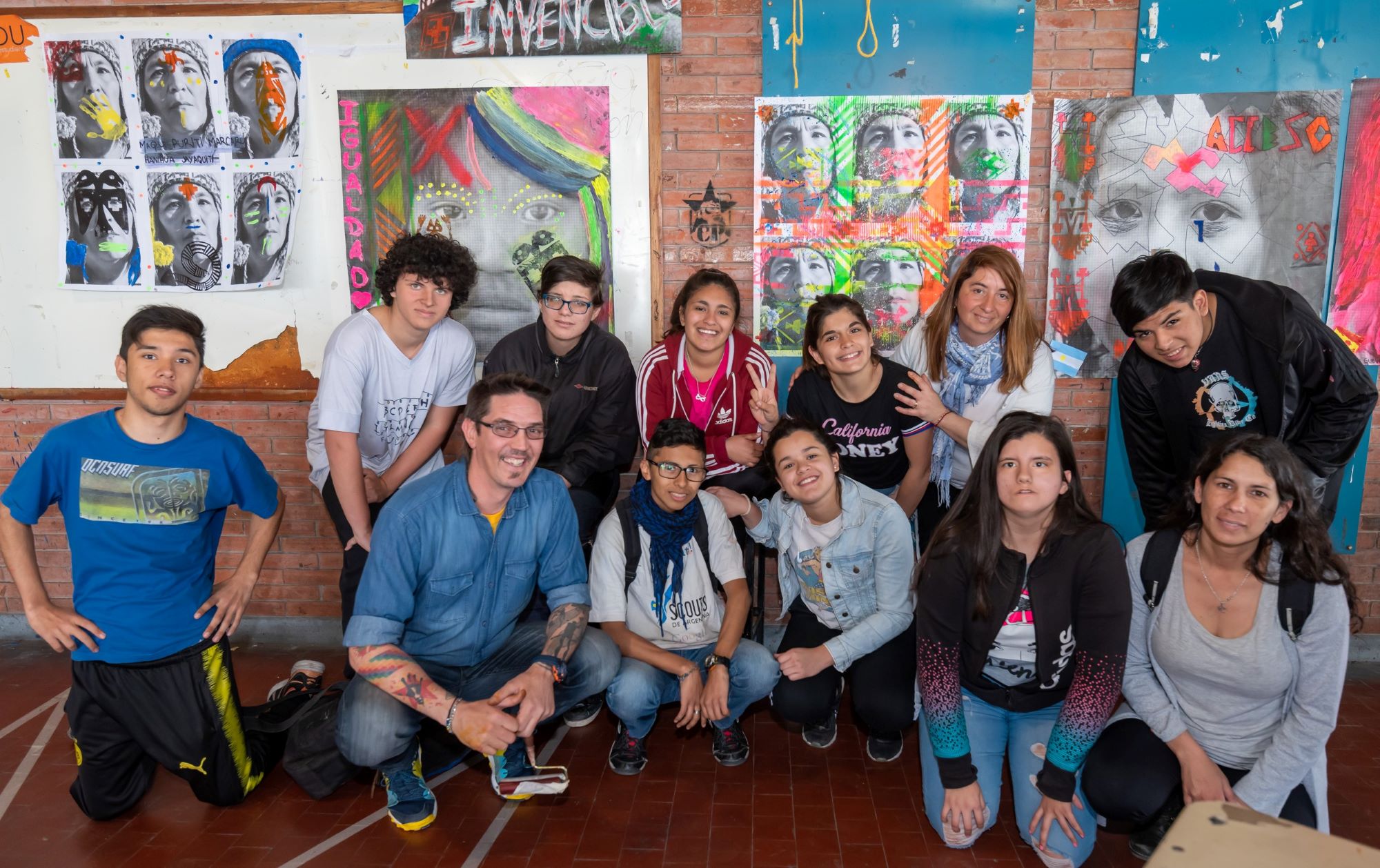
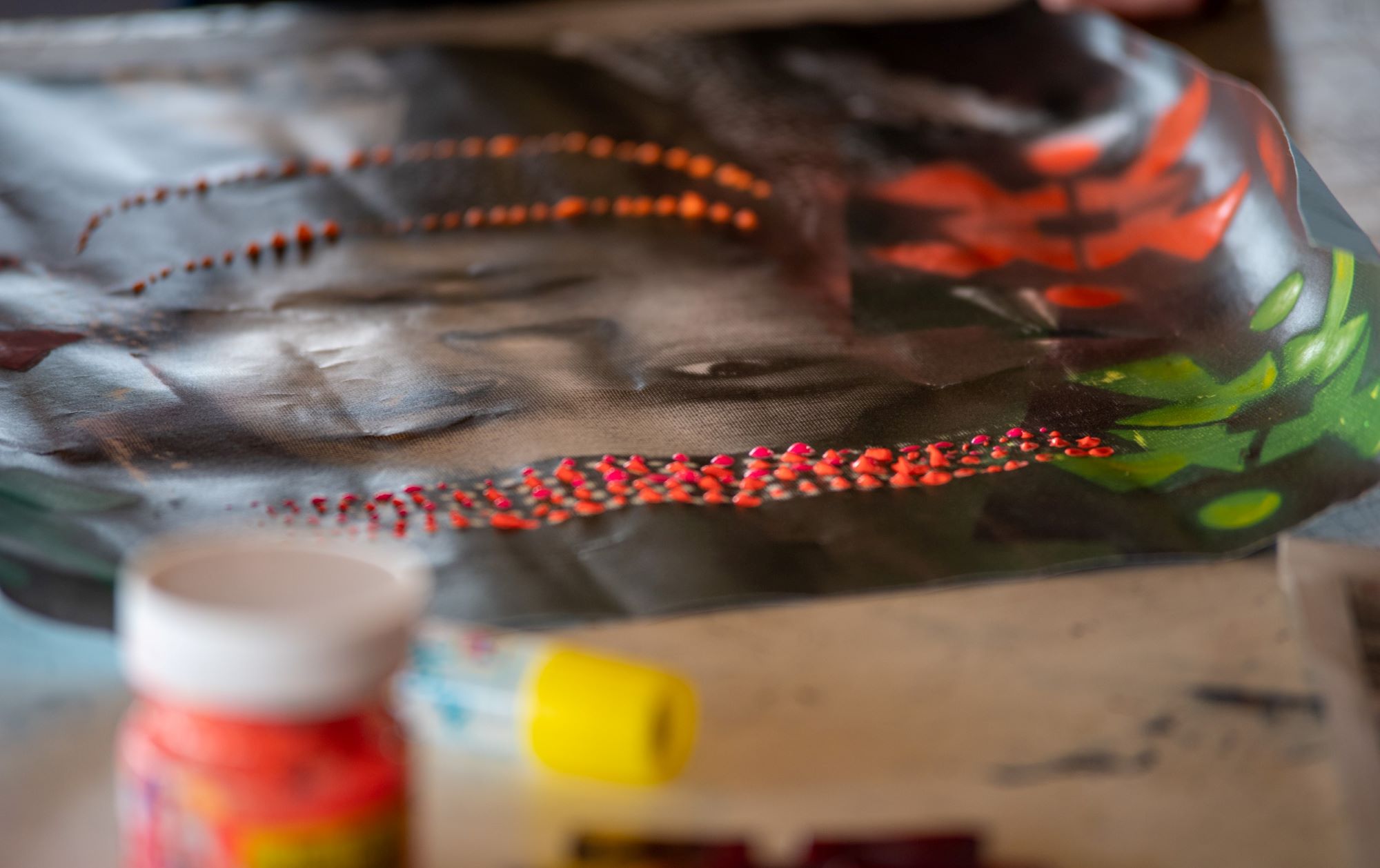
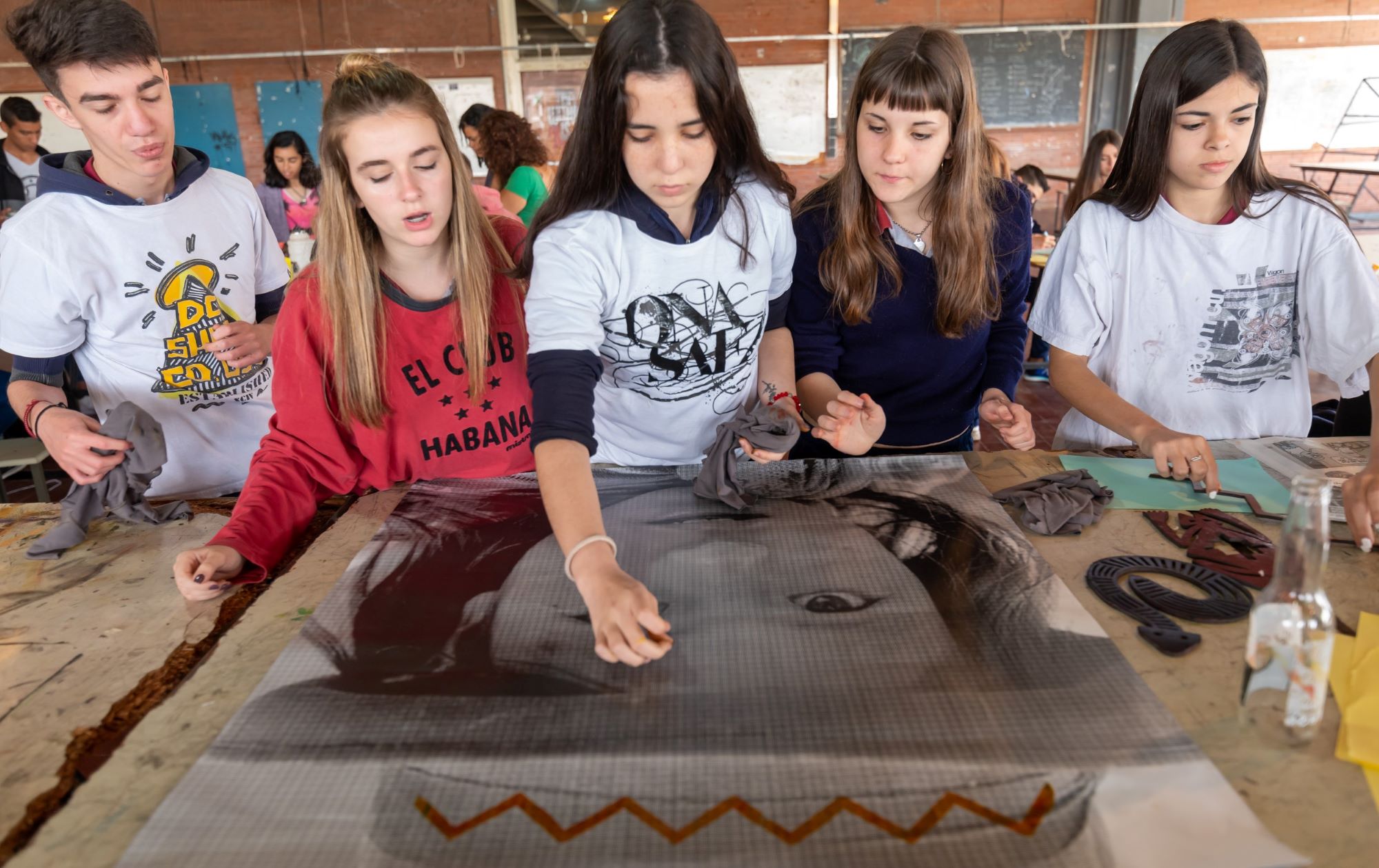
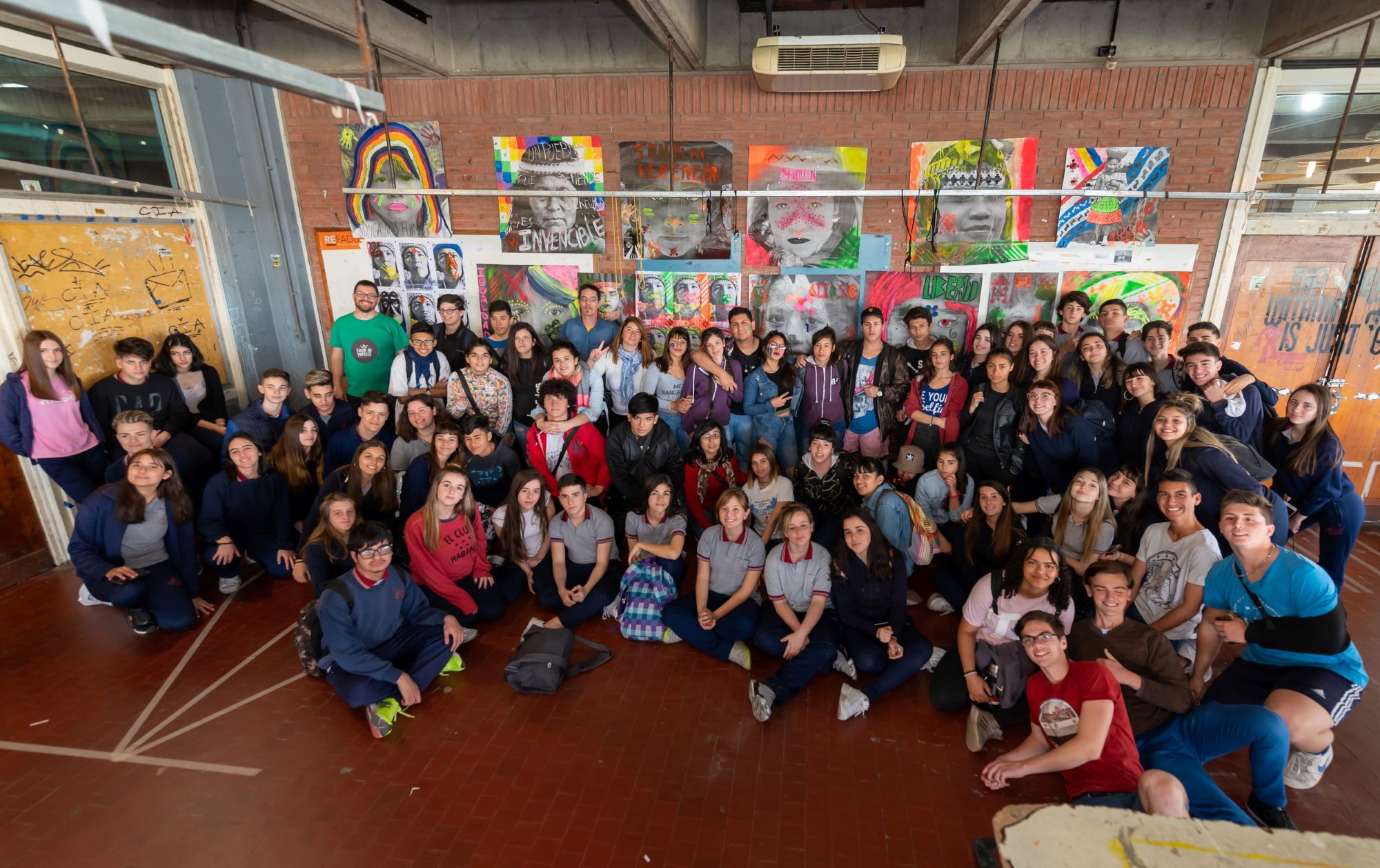
From the Education Team we believe that it is important to know, demystify and open the debate on indigenous peoples in schools, since they were – from their beginnings in the 19th century – the main agents in the construction of hegemonic historical accounts of the Constitution of the National State, where it is disassociated
and constantly denies indigenous presence as part of our regional identity. Our purpose is to disarm and deconstruct these ideas installed in the popular imagination about indigenous communities and offer students a space for reflection on the multiplicity of cultural identities that coexist
in our region, as well as claiming and knowing several of the claims that these peoples have been trying to incorporate into the political agenda. Claims such as the legitimate right to possession of the territory and community property of the lands they traditionally occupy and of those suitable and sufficient for human development (art. 18 – Civil and Commercial Code of the Nation). As well as the inclusion and compliance of Bilingual Intercultural Education within the National Education Law (Law No. 26,206). It promotes a mutually enriching dialogue of knowledge between indigenous peoples and diverse ethnic populations that
they promote an inclusive and multicultural education.
It is of utmost importance and urgency to work cultural diversity with young people to disarm myths and prejudices, to identify the stereotypes that are reproduced, in order to achieve better coexistence and equality in diversity. We believe that working these themes within the educational field generates a multiplier effect inside the school and outside the institution, since the students replicate what they learn, promoting respect, solidarity and equal rights.
Accompanying institution
We thank those who contributed theoretical material for the formation of the Team, offered support in the artistic tool and dedicated their time to orienting us on the subject matter worked on:
Instituto Nacional de Asuntos Indígenas (INAI).
Museo Etnográfico “Juan Bautista Ambrosetti” (Ffyl-UBA).
Cátedra Taller Experimental de la materia Ilustración de la carrera Diseño Gráfico (FADU- UBA).
